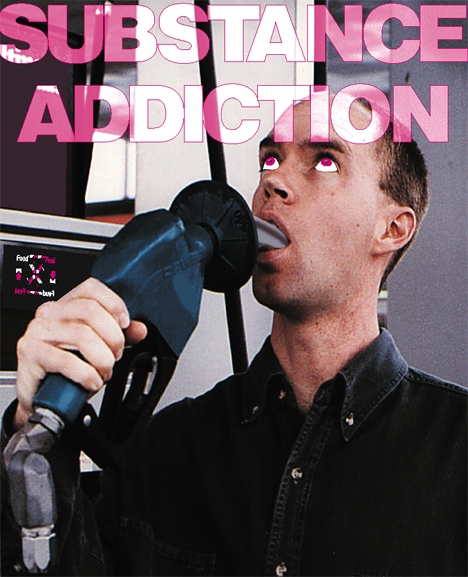David Stairs

Ask my Indian friend: Americans are in a coma. What would evoke such an evaluation? Last year, while I was living in Bangalore, an American friend visited and my son and I met her for lunch. While crossing a busy boulevard she grabbed my arm and said, “I’ll trust you to get me across safely. Yesterday I spent 30 minutes trying to cross MG Road.” At that point I almost became a hazard myself, I was laughing so hard.
Truly, Indian streets are a learning curve for visitors or new residents. First off, pedestrians do not have right of way on Indian streets, a shock to any god-given-rights-endowed American. But, as Indians are quick to point out, the traffic is moving so slowly in most cases, that any half-awake individual ought to be able to negotiate a crossing. And the traffic is always moving, and honking, which means Indian drivers are extra alert, edging along for any minute advantage. This is where my Indian friend’s observation comes into play: he feels American roads are so boring that the drivers are asleep at the wheel. And to an extent he is correct, but not in the way he intended.
The United Nations recently released its latest study on climate change, stating unequivocally that it is being driven by human behavior, America has led the way on carbon emissions for over a century. Truck drivers leave their rigs idling at rest stops all night so they can either warm or cool their cabins, weather depending. It’s not unusual to observe a co-worker remotely start his car twenty minutes before leaving so he can assure it is warm enough for his lightly clad body in winter. And, at my university, on any given day students sit idling in their vehicles, circling the parking lots before class, waiting for another vehicle to vacate a spot.

The State of Ohio is about to join the growing number of states increasing their speed limit to 70mph, and other states that already post a 70mph limit are considering going higher. Why not? Most drivers in Michigan regularly exceed the 70mph limit by up to 15 miles per hour. Why should drivers be saddled with 55-65 snail speed limits when statistics indicate faster speeds reduce accidents? Of course, such arguments are relative to how many degrees of separation exist between oneself and the oil companies that perpetrate them. Gone are the days of 55mph limits that were nationally mandated during the fuel-insecure ’70s. And, although I drive a Prius and see a discernible decrease in fuel efficiency above 60mph, Americans, with their new-found oil independence, are facing a future of plummeting gas prices, so why worry? Not only are Americans shamefully invested in their decades-long love affair with big, thirsty vehicles, but they can’t conceive of breaking their addiction to speed, or their obsession with comfort.
Europeans have narrow, twisting roads which necessitate tiny cars. The Chinese, struggling with the damage to the environment caused by lifting untold millions into the middle class, still have millions of bicycles. And the Indians, who navigate the craziest traffic on earth, have their ubiquitous propane-fueled auto-rickshaws. But Americans swallow all of those television commercials about muscle cars and big trucks because, well, like I said, they’re in a self-induced coma. Ultimately, the challenge is not how fast you go, it’s how efficiently. But there’s absolutely no point in trying to teach an old guzzler how to siphon. A few more Superstorm Sandys and Gulf of Mexico oil spills might be required before Americans begin to see the light. Meanwhile, frack baby, frack!
David Stairs is the founding editor of Design-Altruism-Project.











Leave a Reply
You must be logged in to post a comment.